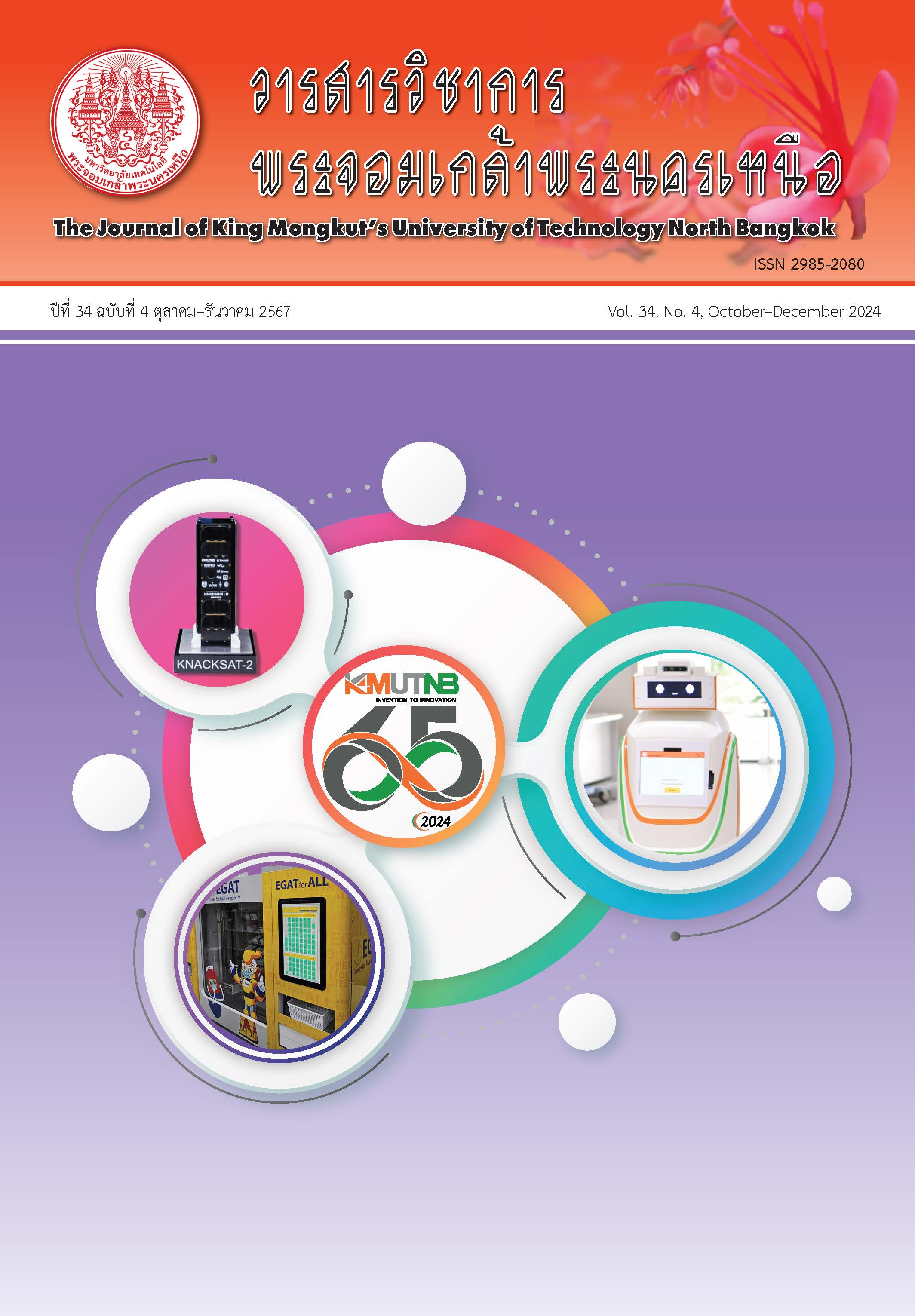กระบวนการผลิตและการประยุกต์ใช้คอลลาเจนจากปลิงทะเลสู่ผลิตภัณฑ์เสริมอาหาร
Main Article Content
บทคัดย่อ
Collagen protein is composed of polymeric chains of amino acids that form a triple helix. The human body contains around 30% collagen and 90% of the collagen is the type 1 collagen. Types of collagens are differentiated by how molecules are assembled and where the components are deposited. There are 28 types of collagens including 5 main types [1]. Collagen type 1 supports for structures of bones, blood vessel walls, tendons, ligaments, corneas, skins, and connective tissues [2]. It helps to prevent tissues from tearing, healing wounds on the skin, preventing wrinkles, and promoting skin elasticity. Collagen type 2 is mostly found in components of ears, nose, pharynx, and ribs [3]. It functions to stimulate cells to reduce the degradations of cartilage, bones, and joints. Collagen type 3 is found alongside collagen type 1 in blood vessels but is found in less than 10% [4]. Collagen type 4 has unique characteristics that is mostly found in extracellular basement membranes and body fat. It supports function of the nervous system and blood vessel. Collagen type 5 is a component of the cell membrane. It is found in the eye cornea, cell surface, hairs, and placenta of an expecting mother.
Article Details

อนุญาตภายใต้เงื่อนไข Creative Commons Attribution-NonCommercial-NoDerivatives 4.0 International License.
บทความที่ลงตีพิมพ์เป็นข้อคิดเห็นของผู้เขียนเท่านั้น
ผู้เขียนจะต้องเป็นผู้รับผิดชอบต่อผลทางกฎหมายใดๆ ที่อาจเกิดขึ้นจากบทความนั้น
เอกสารอ้างอิง
D. F. Holmes, Y. Lu, T. Starborg, and K. E. Kadler “Collagen fibril assembly and function,” Current Topics in Developmental Biology, vol. 103, pp. 107–142, 2018.
S. R. Chowdhury, M. F. M. Busra, Y. Lokanathan, M. H. Ng, J. X. Law, U. C. Cletus, and R. B. H. Idrus “Collagen Type I: A versatile biomaterial,” Advances in Experimental Medicine and Biology, pp. 389–441, 2018.
O. Antipova and J. P. R. O. Orgel “In situ D-periodic molecular structure of type ii collagen,” Journal of Biological Chemistry, vol. 285, no. 10, pp. 7087–7096, 2010.
H. Kuivaniemia and G. Tromp “Type III collagen (COL3A1): Gene and protein structure, tissue distribution, and associated diseases,” Gene, vol. 707, pp. 151–171, 2019
T. Yazdanparast, H. Hassanzadeh, S. A. Nasrollahi, S. Mohammad, Seyedmehdi, H. Jamaati, A. Naimian, M. Karimi, R. Roozbahani, and A. Firooz “Cigarettes smoking and skin: A comparison study of the biophysical properties of skin in smokers and Non-smokers,” Tanaffos, vol. 18, no. 2, pp. 163–168, 2019.
H. P. Nguyen and R. Katta “Sugar sag: Glycation and the role of diet in aging skin,” Skin Therapy Letter, vol. 20, no. 6, pp. 1–5, 2015.
T. Budden, C. G. Marqueste, and A. Virós “Ultraviolet light-induced collagen degradation inhibits melanoma invasion,” Nature Communications, vol. 12, 2021.
D. Coppola, M. Oliviero, G. A. Vitale, C. Lauritano, I. D'Ambra, S. Iannace, and D. de Pascale, “Marine collagen from alternative and sustainable sources: Extraction, processing and applications” Marine Drugs, vol. 18, no. 4, 2020.
J. Chen “Overview of sea cucumber farming and sea ranching practices in China,” in SPC Beche-de-mer Information Bulletin, 2003, pp. 18–23.
Sumarto, B. Hasan, R. Karnila, and M. Sukmiwati “Characteristics of chitosan nanoparticles extracted from sea cucumber (Holothuria scabra) as source materials for glucosamine” Journal of Science and Technology, vol. 27, no. 4, 2019.

